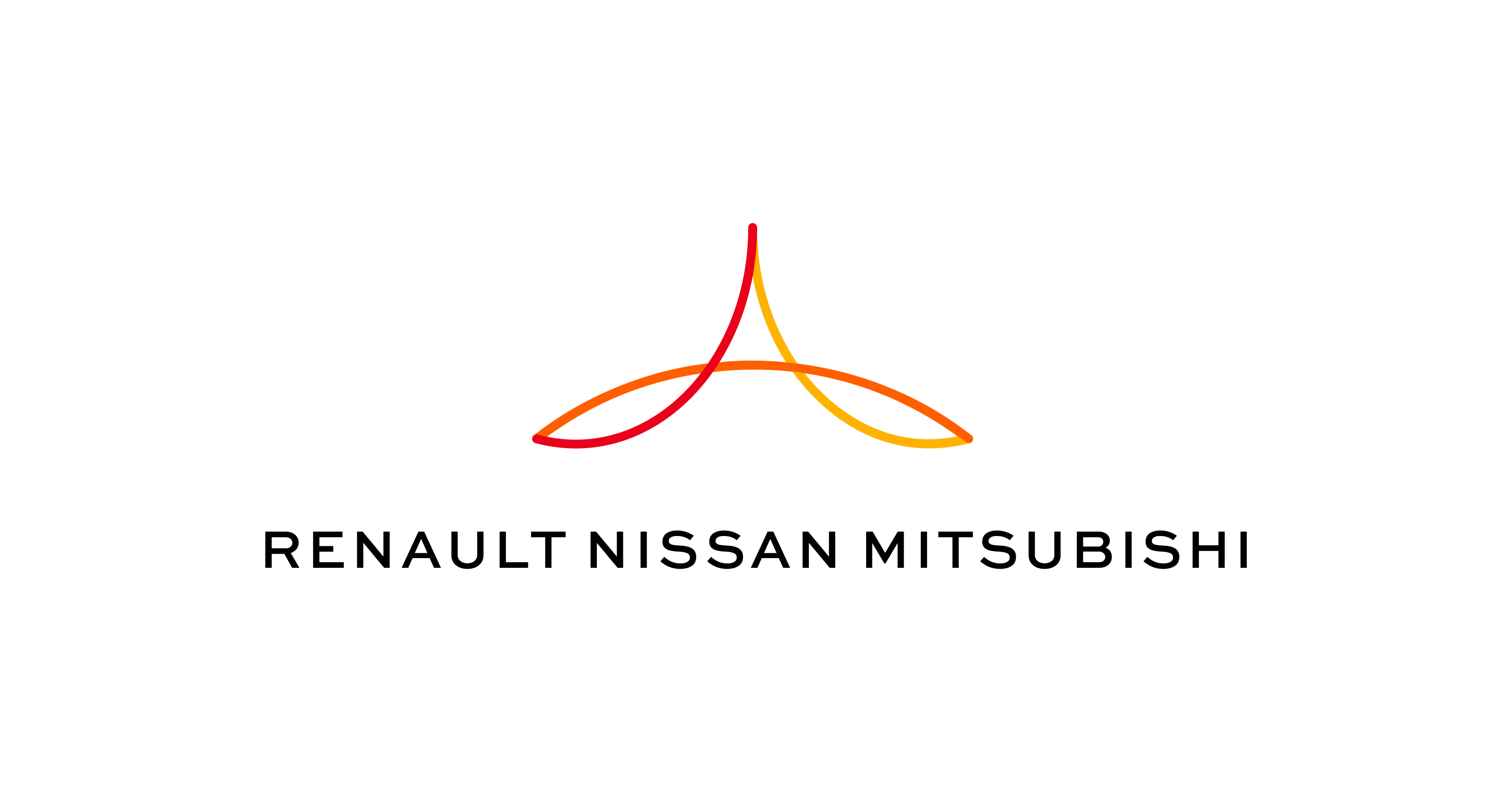
Newest Renault Nissan Mitsubishi Alliance Venture
The Renault, Nissan and Mitsubishi partnership is investing big money in new mobility. Why are they doing this, and what is new mobility?
New mobility in this sense means cars, specifically the big disruptive changes that will transform the face of motoring. Predictions are that cars and driving will see a revolution in the next five to ten years that would dwarf the evolution of the last five decades. Their investment will guarantee the Partnership a seat on this rollercoaster.
While the exact future of new mobility is uncertain, several critical building blocks are emerging. They are called ACES: autonomous driving, connectivity, electrification, and shared mobility. Hydrogen power also deserves a mention here.
Autonomous driving/Autonomous vehicles (AD/AV)
AD is new. In 2004 the ‘winner’ of the first driverless race completed less than 13 of the 240 kilometres of the course. But by October 2018 Google has tested more than 16 million kilometres of AV driving on public roads. In December that year, the company’s Waymo announced an AV taxi service in Phoenix, Arizona.
Autonomous driving promises great and diverse economic benefits. It is estimated that globally urban AV’s will generate $1.6 trillion by 2030, more than twice VW, Toyota, General Motors and Ford’s combined revenue currently. As discussed below, AV’s will need less parking and unused parking spaces can be turned into valuable property – as context, Los Angeles currently has 17 million square metres of parking space.
The cost of public health will come down because there will be fewer accidents. In spite of all our fears, AV’s are already safer than most driven cars and this trend is rising rapidly.
Finally, it will shorten commute times and turn your commute into free time, to work or play.
Connectivity
Remember your journey from dumb to smartphones and how that changed your life? Your car will take the same trip but in a much shorter time. Your commute will offer you entertainment, communication, shopping, and working. Your car will interact with its environment to ensure efficiency and safety. It could even tell your insurance company where you went and at what speed, so they can adjust your premiums. Research suggests connectivity will play a major role in which cars people will buy.
Electrification
It’s the reality of the curves. Your chart has several curves on it, and they tell the story.
The rising curves tell of extreme weather getting worse and urban smog more noxious. It also shows the rising number of us who elect greener options.
The falling curves include battery and electric vehicle prices falling as manufacturing volumes go up and technology improves. They also show a steady drop in battery charging times.
There is one curve is almost flat at the top of the chart. This is the percentage of manufacturers pursuing electric vehicles, at almost 100%.
Hydrogen power could offer a significant alternative or addition to battery power. Its recharging time is much faster than for batteries, the infrastructure needed is simpler and much cheaper. We are not there yet, but this is one to watch for the future.
Shared mobility
Your self-driving car drops you at the office. Instead of parking, it sets off for a day of ferrying fee-paying passengers. Come home time you summon your car like an Uber. You did not pay for parking, but many passengers paid you to use your car. This is Elon Musk’s dream, combining the ideas of Airbnb and Uber.
Uber’s dream is for you to continue using their cars, but sans drivers. Uber is spending a fortune on autonomous vehicles because paying the driver adds significantly to the cost of the trip.
Whichever dream holds, shared mobility – using a car that you don’t own – is already a reality. It is still tiny, but like the Model T was to the blacksmith, it is a portent.
Alliance Ventures, the strategic capital fund for Renault, Nissan and Mitsubishi, will work with Plug and Play China to explore and exploit these developments. Plug and Play is an international player that brings start-ups, corporates and capital investors together. Notable early investments included Google, PayPal, and Dropbox.
If you enjoyed this article, please follow our blog or join us on Facebook for more interesting news and stories.

